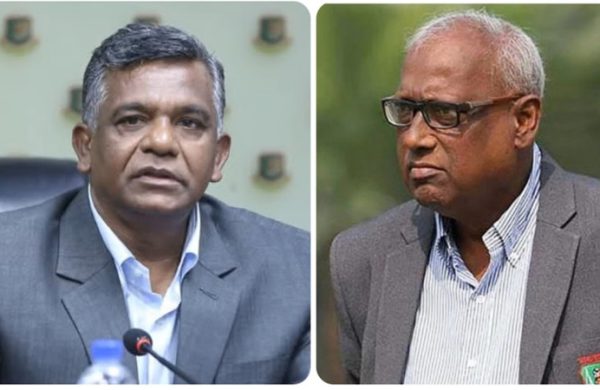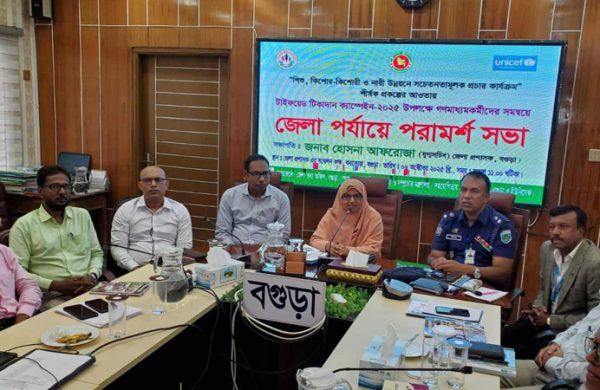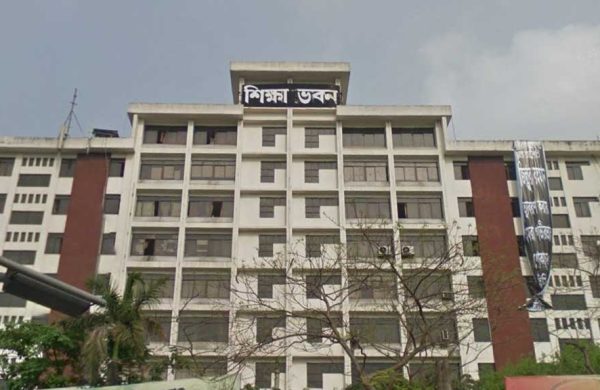Jobless Graduates: A Crisis We Cannot Afford to Ignore
- Update Time : Friday, October 3, 2025

—M M Shahidul Hassan—
Bangladesh’s unemployment rate rose to 3.66 per cent in 2024, the highest in three years. Nearly 12 per cent youngsters aged between 15 and 24 remain jobless, with university graduates making up the largest share. According to the Bangladesh Bureau of Statistics (BBS), the number of unemployed graduates has doubled since 2017, reaching nearly 900,000 this year. After a brief post-pandemic dip, youth unemployment began climbing again in 2022, hitting graduates hardest. This should alarm us all. In the age of the Fourth Industrial Revolution (4IR), when higher education is supposed to be a pathway to opportunity, it has instead become, for many, a road to frustration. Behind the statistics lies a dangerous social fault line: when young people invest years and their families’ savings into education only to be met with closed doors, hope hardens into disillusionment. The question is no longer if this is a crisis, but what we intend to do about it.
Bangladesh has built a fairly impressive higher education system, with 57 public and 113 private universities producing nearly 1.9 million graduates over the past three years. Yet in 2023, foreign professionals were estimated to have taken home US$8-10 billion in salaries. This money is flowing out of the country because of our own skills deficits. The contradiction is glaring: how can a country overflow with graduates while running short of skilled professionals?
The reasons are complex but not mysterious. Too many graduates aspire only to white-collar jobs, while technical and vocational pathways remain undervalued. General degree programmes, especially in arts and social sciences, enrol more students than the economy can absorb. At the same time, entrenched stigma discourages young people from pursuing in-demand careers, leaving vital sectors understaffed. In consequence, graduates jostle for a shrinking pool of “prestigious” jobs, while industries import talent to fill critical gaps.
Industry feels this gap most acutely. Weak university–industry collaboration, a shortage of capable mid-level supervisors, and inadequate practical training only deepen the crisis. Universities share the blame: higher education remains stuck in rote learning and lecture-heavy traditions, while many faculty members remain distracted by politics instead of mentoring students, conducting research, or adapting to global changes in education. As a result, graduates leave campus armed with theory but lacking adaptability, creativity and problem-solving skills, which they actually need to excel in the job sectors. And this is why industries increasingly tend to hire managers and technical specialists from abroad.
What Bangladesh needs are “T-shaped” graduates: individuals with deep expertise in one discipline, combined with broad competencies in communication, teamwork, ethics, innovation, and entrepreneurship. Achieving this requires more than tinkering with curricula. It calls for a reimagining of pedagogy itself—where traditional lectures give way to project-based learning, problem-solving, flipped classrooms, and hands-on experiences. The old chalk-and-duster model cannot prepare students for a world shaped by AI, automation and hybrid work.
But crisis also brings opportunity. The 4IR offers Bangladesh a chance to move beyond its garment dependence and build a diversified, innovation-driven economy. Strategic investment in renewable energy, agro-tech, digital health, climate-smart solutions, fintech, circular and gig economies could position the country as a regional leader rather than a follower. Universities, industries, and start-ups must work together to build hubs of innovation that anchor this transformation.
Reskilling and upskilling Bangladesh’s vast pool of unskilled workers must also become a national priority. Across Asia, particularly in China, India, Japan, Singapore and South Korea, Industry 5.0 is already taking shape, where human creativity partners with advanced technologies such as cobots, AI, and digital twins to deliver smarter and more sustainable solutions. By contrast, Industry 4.0 placed machines and digital systems at the centre, with humans forced to adapt. With its youthful and densely populated workforce, Bangladesh cannot afford to lag behind. Without urgent investment in human capital, the nation risks being trapped as a low-cost labour economy. But by embracing Industry 5.0, it could transform its greatest challenge, its vast labour force, into its most powerful advantage. The time for diagnosis is over. The time for action is now. Bangladesh’s future depends on it.
—————————————————————————–
The writer is a Distinguished Professor, Eastern University, and former Vice Chancellor, East West University



















